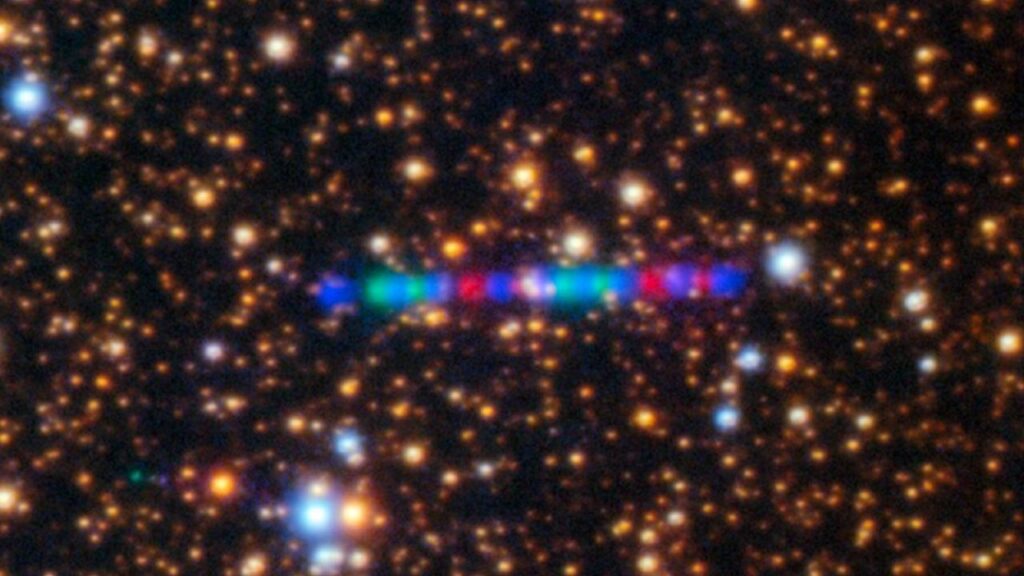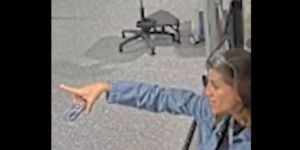
Two spacecraft are set to traverse the tail of comet 3I/ATLAS, an interstellar object recently observed as it approaches the Sun. This unprecedented opportunity arises as the Hera and Europa Clipper missions, originally designed for different objectives, will pass “downwind” of the comet in late October. Their proximity could allow scientists to study the tail’s composition, particularly focusing on the ions produced as the comet interacts with solar radiation.
Research conducted by Samuel Grand and Geraint Jones, affiliated with the Finnish Meteorological Institute and the European Space Agency (ESA), respectively, suggests that these missions could yield valuable data. The detailed findings were published in a paper accepted by the Research Notes of the American Astronomical Society.
Upcoming Mission Windows for Hera and Europa Clipper
The two spacecraft will each have specific windows for observation. The Hera spacecraft is scheduled to pass near the comet between October 25 and November 1, while the Europa Clipper will have its window from October 30 to November 6. Although the time frame for preparation is limited, the scientists are keen to leverage this unique opportunity to gather data about 3I/ATLAS’s tail, which has been expanding since its discovery in early June.
Recent observations show that the tail has become significantly active, with reports indicating that the comet is releasing water at an extraordinary rate. This “gushing” effect leaves a trail of water particles and ions behind as it journeys through the solar system, with perihelion expected on October 29.
Challenges in Data Collection
Passing directly through the comet’s tail is more complex than merely positioning the spacecraft behind it. The solar wind pushes the particles along a curved trajectory away from the Sun, complicating the calculations for the spacecraft’s paths. To refine their estimates, the authors utilized a model known as “Tailcatcher,” which predicts the trajectory of cometary ions based on varying solar wind speeds. Despite these calculations, the spacecraft will still be millions of kilometers from the tail’s central axis—approximately 8.2 million kilometers for Hera and 8 million kilometers for Europa Clipper.
While Hera lacks the necessary instruments to detect ions or the magnetic field changes associated with the comet’s atmosphere, Europa Clipper is equipped with a plasma instrument and a magnetometer. These tools are essential for capturing data on the ions and magnetic drapings as the spacecraft navigate the comet’s tail.
Despite the tight timeline and uncertainties surrounding mission modifications, there is hope. If mission controllers for both spacecraft act swiftly enough, they could enable a groundbreaking exploration of an interstellar comet’s tail, marking a significant achievement in space research. The implications of such findings could enhance our understanding of comets and their behavior as they traverse the solar system.
As the world eagerly anticipates the results, the scientific community looks forward to possibly being the first to directly sample material from an interstellar comet, a feat that would be a remarkable addition to the ongoing exploration of our cosmic neighborhood.






